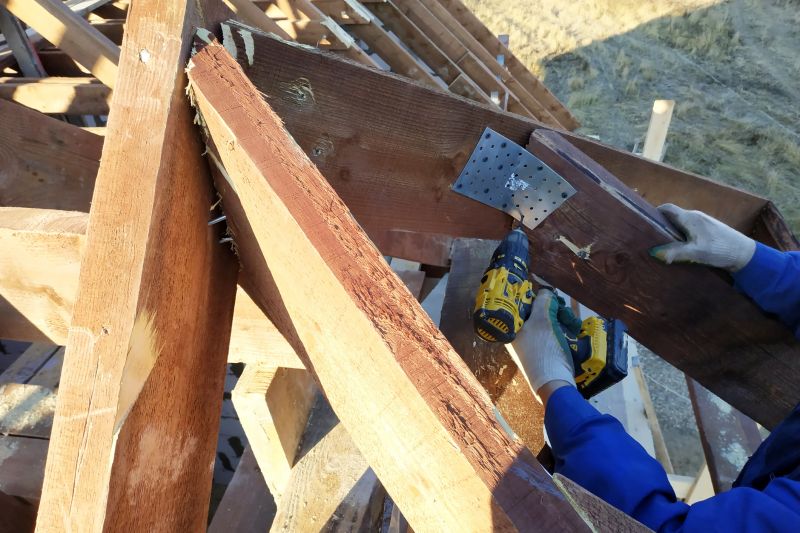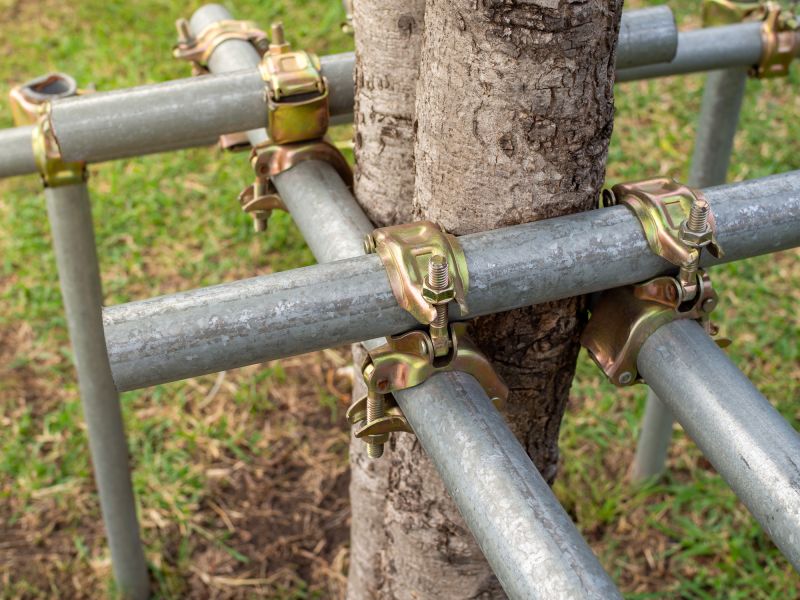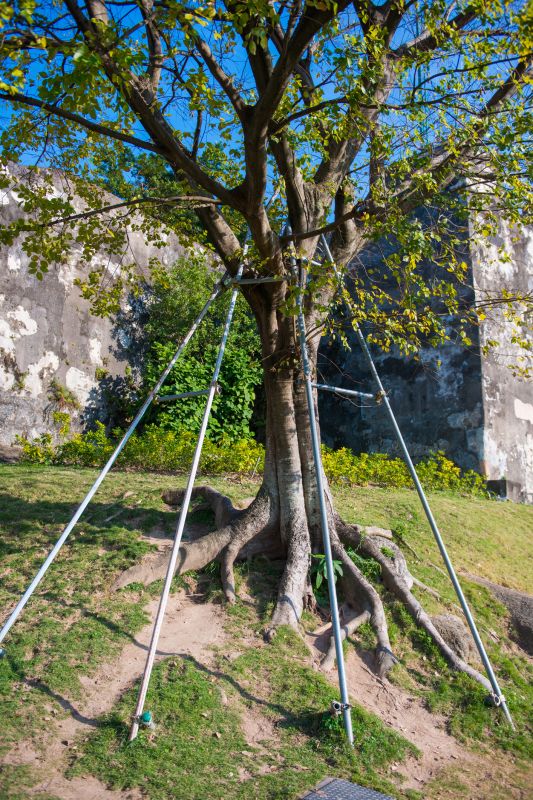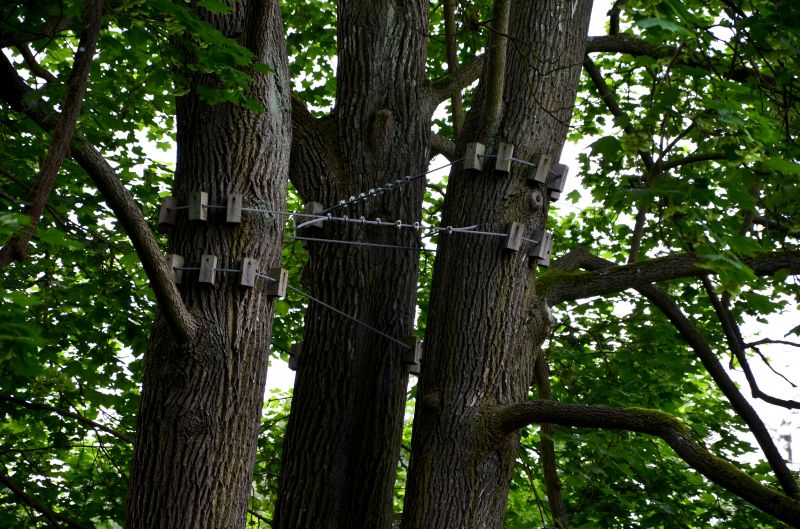Tree Bracing Solutions to Prevent Structural Failures
Tree cabling and bracings are essential techniques used to support and stabilize mature or structurally compromised trees. These methods involve installing hardware such as cables, braces, and rods to reduce the risk of limb failure or trunk splitting. Properly implemented, they can extend the lifespan of trees and prevent property damage or personal injury caused by falling branches or trees.

Support cables are installed to reinforce weak branches, distributing weight and reducing stress.

Bracing involves inserting rods or bolts to stabilize trunk or limb splits.

Monitoring hardware helps assess tree stability over time and plan maintenance.
The process of tree cabling and bracing typically involves an initial assessment by a professional arborist to evaluate structural risks. The hardware is then carefully installed with minimal disturbance to the tree's natural growth. The installation duration varies depending on the size and complexity of the tree but generally takes a few hours for a standard mature tree. Regular inspections ensure that the hardware remains effective and does not harm the tree over time.
Hiring a professional for tree cabling and bracings ensures that the support systems are correctly installed, reducing potential damage to the tree and increasing safety. Professionals have the expertise to select appropriate hardware, determine optimal placement, and perform the work efficiently. Proper installation can significantly prolong the life of valuable trees and prevent costly property damage.
Various cabling methods are used depending on the tree's structure, including flexible or fixed cables to accommodate growth and movement.
Braces can include steel rods, bolts, or plates, chosen based on the severity of structural issues.
Routine checks are crucial to ensure hardware remains effective and does not cause damage.
Expert installation minimizes risks and maximizes the longevity of the support system.

A mature tree stabilized with cable and brace installations.

Close-up of steel rods and cables supporting a split trunk.

A healthy tree with visible cabling and bracing for structural support.
Effective tree cabling and bracing can take several hours to complete, depending on the complexity of the structural issues and the size of the tree. The process involves precise hardware placement to ensure stability while allowing for natural growth. Properly installed systems can last for many years with periodic inspections and maintenance.
Engaging a professional ensures that the hardware is installed correctly and safely. Experts understand the nuances of different tree species and structural conditions, making informed decisions that promote tree health and safety. This professional approach helps prevent unnecessary damage and ensures the long-term stability of the tree.

A well-supported tree with hardware discreetly integrated.

Detail of cables and braces installed in a mature tree.

The tree shows signs of vitality and structural reinforcement.
For those interested in improving the safety and longevity of valuable or hazardous trees, professional tree cabling and bracing services are recommended. Filling out the contact form can provide an opportunity to receive a detailed estimate and plan tailored to specific tree needs and structural conditions.
